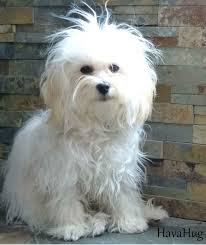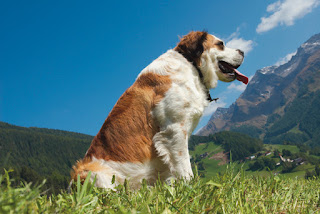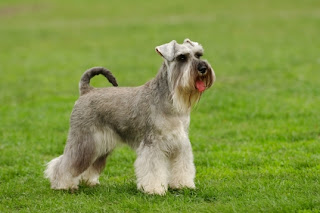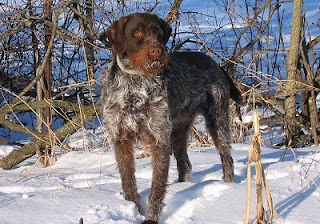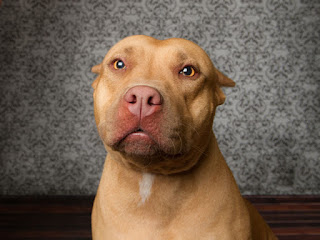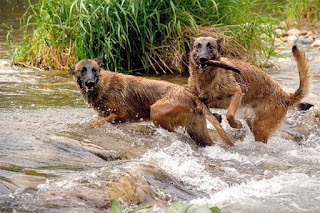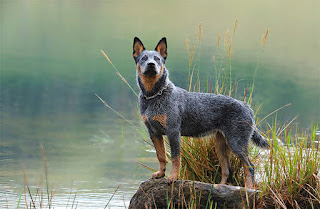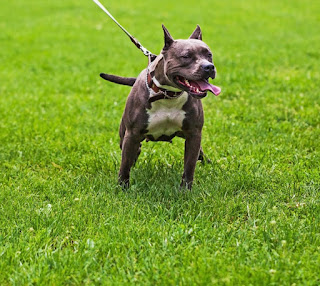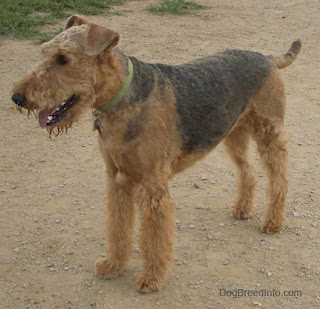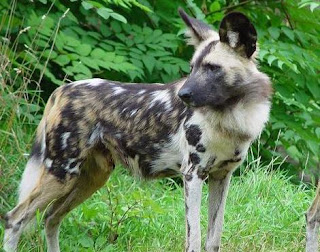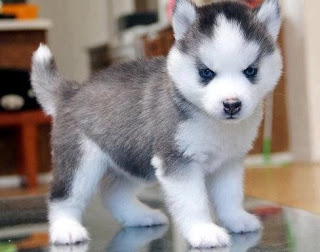Affenpinscher Temperament
The
affenpinscher is a small dog with a shaggy, wiry-type coat. The hair on the face is longer than the rest of the body giving it a distinct look. It is a smaller version of a working terrier and is not a delicate dog.
The affenpinscher has a terrier-like personality. They tend to get along with other dogs and pets, especially when they are raised with them. They are busy, bold, inquisitive and stubborn, but they also love to monkey around, being playful and mischievous. A lively, sharp-witted little dog that is courageous and confident.
A fearless defender, the affenpinscher will quickly become an authoritarian if owners do not give the proper rules, boundaries, limitations and constantly be this dog’s pack leader. It is very affectionate and amusing. This friendly little dog enjoys being with its family. It needs consistent, firm training. Make sure there is some variety in the training so the dog does not become bored. They learn commands very quickly.
Some affenpinschers may be difficult to housebreak. They are not recommended for very young children, simply because most people who own the breed treat them like small dogs, lacking the proper pack leadership, causing negative behaviors to come out in the dog.
Children should be taught how to properly handle a affenpinscher dog. Owners need to consistently be the dog's pack leader to avoid the tendency to guard their food and toys. The affenpinscher likes to hike and go camping. Without leadership, it may unwisely challenge large dogs and other large animals. They tend to bark and even climb.



